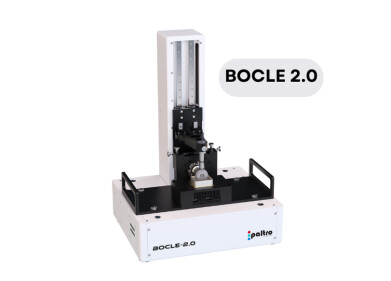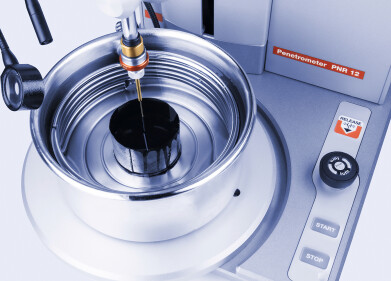Measurement and testing
How Are Lithium Ion Batteries Made?
Sep 21 2022
While lithium ion batteries require little to no maintenance, the manufacturing process is complex and highly specialised. Before we get stuck into the specifics, let’s take a look at the basic anatomy of a lithium ion battery. All batteries contain the following components:
-
Cathode
This stores the lithium ions and determines the energy capacity and voltage of the battery.
-
Anode
This creates an electric current and absorbs lithium ions as the battery releases energy. When the battery is charging, the anode releases lithium ions, which travel back to the cathode via the electrolyte.
-
Separator
The separator forms a physical barrier between the cathode and the anode. This is important as contact between the two can cause the battery to short circuit. Modern separators are generally made from synthetic materials like polypropylene (PP) and polyethylene (PE).
-
Electrolyte
Lithium ions travel through the electrolyte from the cathode to the anode as the battery releases power. Materials with high ionic conductivity are preferable for electrolytes, as they support fast and easy movement of lithium ions. Most electrolyte mixtures are made up of salts, as well as solvents and additives to improve performance.
-
Positive current collector
This component collects positive electric current generated by the battery. A variety of materials are used to manufacture current collectors, including aluminium (Al), copper (Cu), nickel (Ni), titanium (Ti) and stainless steel. In an article published in the Journal of Power Sources, the authors spotlight the novel sue of carbonaceous materials to improve aspects like electrochemical stability, conductivity, density and sustainability.
-
Negative current collector
This component collects negative electric current generated by the battery. Degradation is a major concern when designing and manufacturing lithium ion battery current collectors. In a recent study published in the Journal of Physics: Energy, the team explore how a deeper understanding of corrosion principles can be used to improve the performance and lifespans of current collectors. Of course, batteries aren't the only product affected by corrosion. Find out more about how rust impacts petroleum products, and the testing methods being used to address the issue in ‘Development of a unique Accelerated Iron Corrosion Test (AICT) to study corrosion tendencies in a wide range of fuels’.
Once each element has been manufacturers, the lithium ion battery can be assembled.
Where is lithium found?
From smartphones to EVs, demand for lithium batteries is surging. So, where does all the lithium come from? While the coveted energy material is mined around the world, the majority of lithium comes from Chile, Bolivia and Argentina. This region is known as the Lithium Triangle. The metal is extracted from vast salt flats, including the enormous Salar de Uyuni plain in Bolivia.
Designing lithium ion batteries
Testing has an important role to play when designing and manufacturing lithium ion batteries. Advanced analytical techniques like Fourier Transform Infrared (FT-IR) Spectroscopy and Gas Chromatography Mass Spectrometry (GC/MS) are used to test individual components and ensure batteries meet the strict safety and quality assurance standards set by regulatory bodies. Find out more about the process in ‘Lithium Ion Batteries: Types, Testing & Uses’.
Digital Edition
PIN 25.6 Buyers' Guide
January 2025
Buyers' Guide Directory - Product Listings by Category - Suppliers Listings (A-Z) Articles Analytical Instrumentation - ASTM D7042: The Quantum Leap in Viscosity Testing Technology -...
View all digital editions
Events
Jan 25 2025 San Diego, CA, USA
SPE Hydraulic Fracturing Technology Conference and Exhibition
Feb 04 2025 The Woodlands, TX, USA
Feb 05 2025 Guangzhou, China
Trinidad and Tobago Energy Conference 2025
Feb 10 2025 Point Lisas, Trinidad
Feb 11 2025 Lagos, Nigeria



















